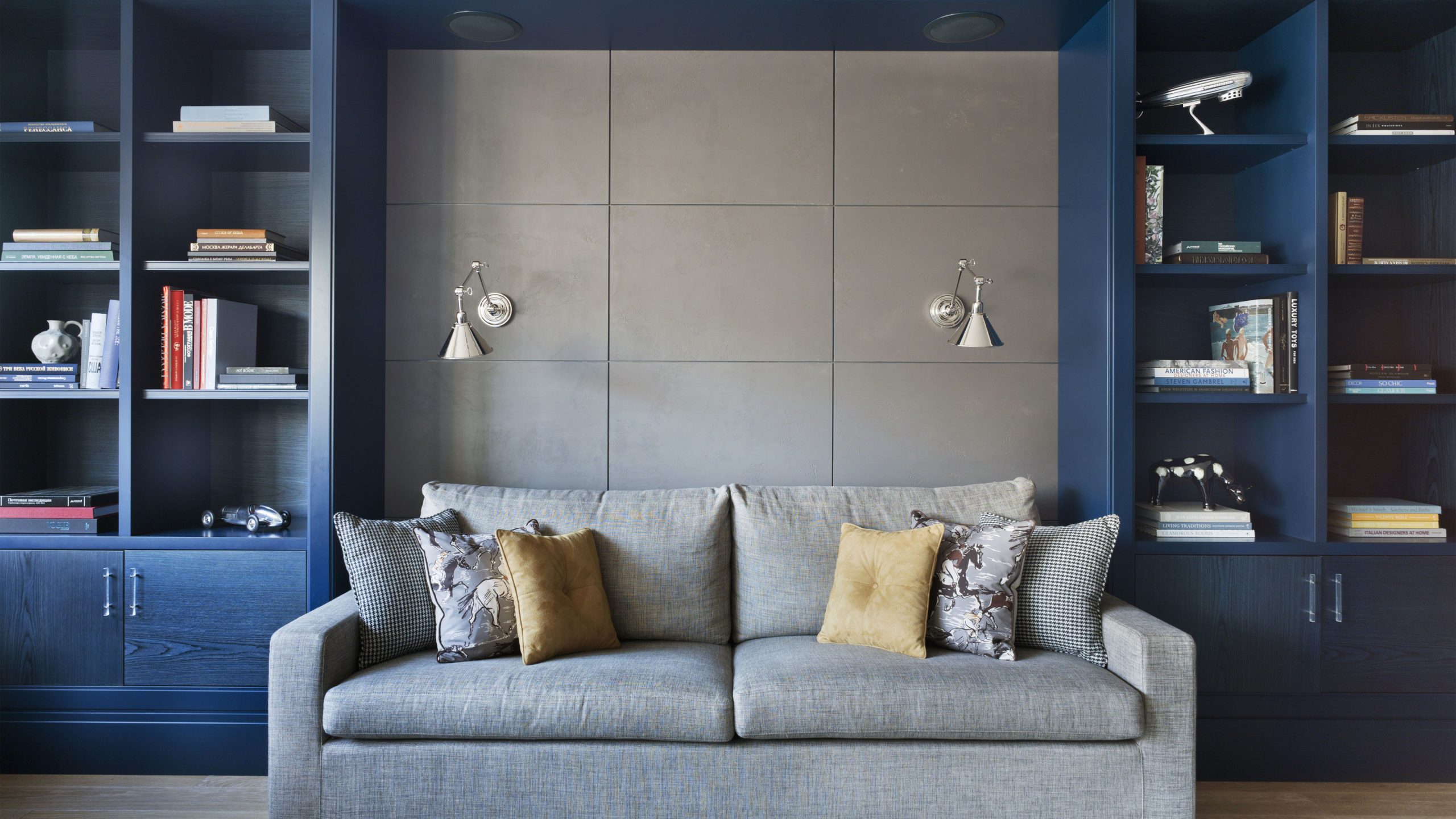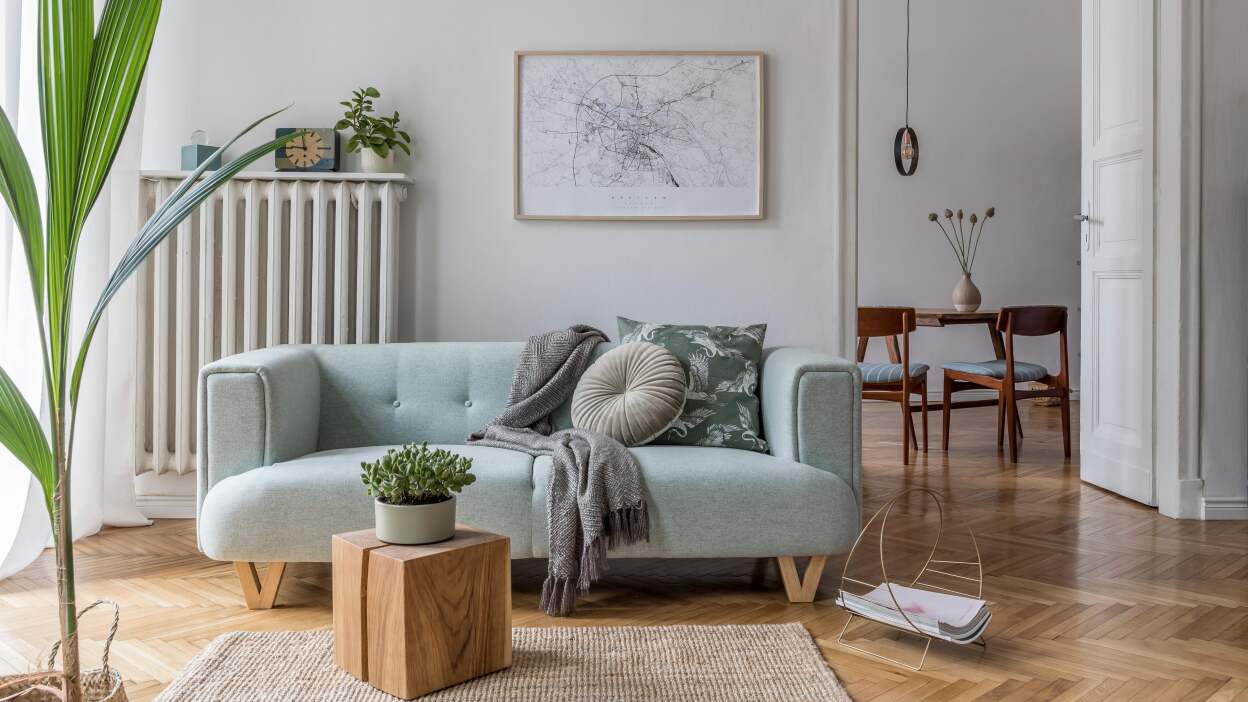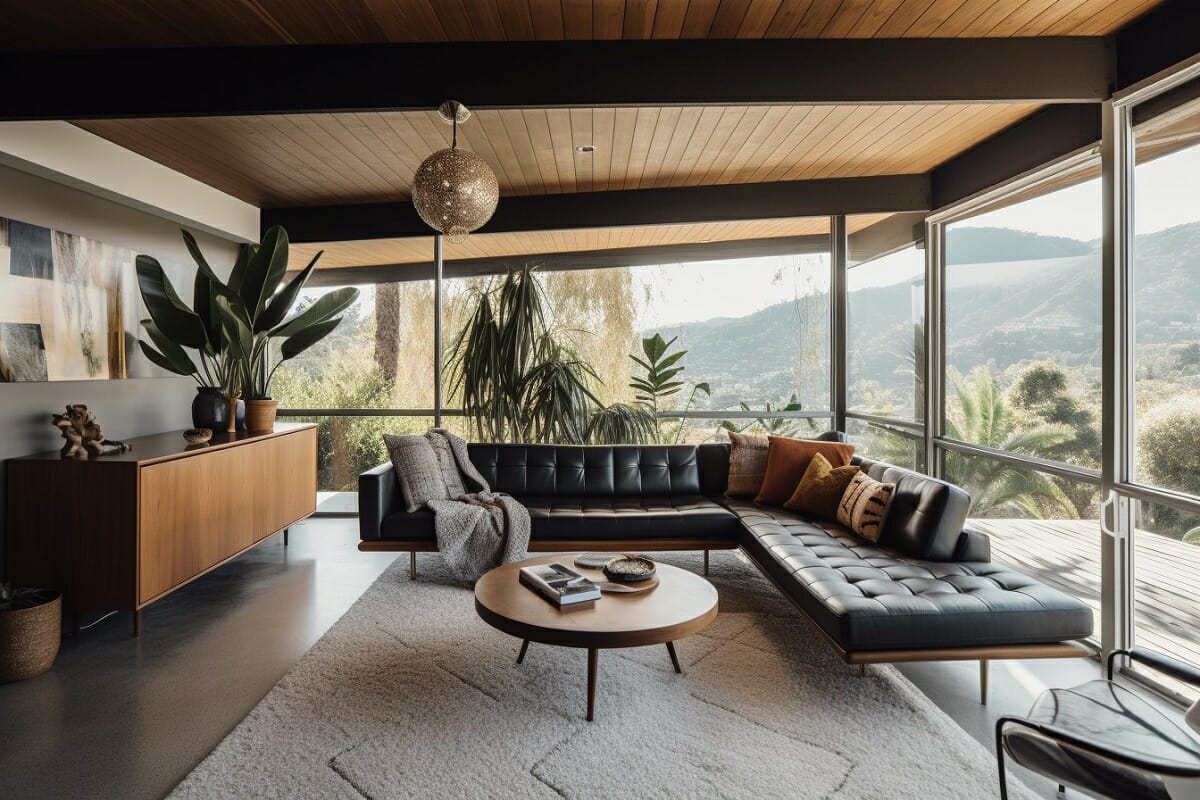Couch vs. Sofa: Decoding the Subtle Nuances Between Two Seating Icons
In the world of comfortable seating, two terms are often used interchangeably: “couch” and “sofa.” While both refer to upholstered furniture designed for seating two or more people, there are historical, design, and cultural subtleties that distinguish these household fixtures. Delving into these differences provides a fascinating insight into the evolution of furniture and the nuances of language in defining interior design elements.

Historical Roots
- Sofa: The term “sofa” has its origins in the Arabic “suffah,” which referred to a raised, carpeted platform used for seating. Initially a luxury item found in palaces and homes of the elite in the Middle East, sofas were introduced to Europe in the 17th and 18th centuries. European versions evolved into more elaborate pieces with ornate carvings, rich fabrics, and were primarily used in formal settings like parlors and reception rooms.
- Couch: Derived from the Old French “couche,” meaning “to lie down,” a couch was originally a piece of furniture designed for reclining rather than sitting upright. It had a more informal role, often found in bedrooms or private chambers for resting or napping. Over time, the term came to encompass any long, upholstered seat that could accommodate lying down or sitting.
Design and Functionality
- Sofa: Contemporary sofas tend to have a more structured design, featuring straighter lines, a more upright seating position, and defined armrests. They are typically designed to fit well in formal living spaces or areas where social gatherings take place. Sofas often come with additional design elements such as tufting, nailhead trim, or decorative legs, enhancing their aesthetic appeal.
- Couch: Couches, by comparison, are associated with a more casual and relaxed design approach. They can have softer lines, deeper seats, and more flexible configurations that encourage lounging or sprawling. Couches may not always have armrests or might have lower, more pillow-like ones, promoting a laid-back posture. They are commonly found in family rooms or entertainment areas where comfort and relaxation are prioritized.
Cultural and Regional Usage
- Variations in Terminology: In North America, the terms “sofa” and “couch” are frequently used interchangeably, reflecting a cultural blend of their historical meanings. However, regional preferences and social contexts can influence which term is favored. “Couch” might imply a more casual or everyday piece, while “sofa” could suggest a higher level of formality or sophistication.
- International Usage: Outside of North America, particularly in the UK, Australia, and much of Europe, the term “sofa” is more widely recognized and used, with “couch” being less common. This usage aligns with the historical trajectory of the sofa as a formal seating arrangement in European homes.
Modern Blurring of Lines
Today, with the evolution of design and the influence of global trends, the differences between sofas and couches have become increasingly blurred. Furniture designers often create pieces that incorporate elements of both, offering versatile seating options that can adapt to various settings and personal preferences. Many modern sofas are designed with deep seats and plush cushions for relaxation, while some couches can be found in sleek, sophisticated designs fitting for formal spaces.
Personal Choice and Context
Ultimately, whether a piece of furniture is referred to as a sofa or a couch may depend on personal preference, regional language habits, and the specific context in which the item is intended to be used. The choice between the two reflects not only functional needs but also a subtle expression of style and the ambiance one wishes to create in their living space. As design continues to evolve, so too does the interpretation and application of these classic seating forms, allowing for endless possibilities in decorating and furnishing the modern home.

Style and Customization
In contemporary furniture markets, both sofas and couches offer a wide range of styles and customization options, further narrowing the gap between the two:
- Materials and Upholstery: From luxurious leather to soft chenille, velvet, or performance fabrics, both sofas and couches can be found in a vast array of materials to suit different lifestyles and design aesthetics. The choice often comes down to personal taste, anticipated use (e.g., families with children or pets might prefer stain-resistant materials), and the desired ambiance of the room.
- Modular and Sectional Designs: Modern furniture design often blurs the lines further by introducing modular and sectional units that can be configured in various ways. These versatile pieces can function as both a sofa for formal settings when arranged linearly or transformed into a cozy, lounging couch when configured in a more relaxed layout with chaise sections or corner units.
- Adaptable Features: Many modern designs include adaptable features such as reclining seats, built-in storage, or even convertible sofa beds, further challenging the traditional definitions. These innovations cater to multi-functional spaces and lifestyles, emphasizing versatility over strict categorization.

Socio-Cultural Significance
The distinction between a sofa and a couch also holds socio-cultural significance, reflecting attitudes towards space, lifestyle, and social norms:
- Formal vs. Informal Gatherings: Historically, sofas were associated with formal spaces and entertaining guests, while couches were more for intimate, casual settings within the home. Today, this distinction is less rigid, but the choice of terminology can still convey a sense of the intended atmosphere or function of the space.
- Lifestyle Expression: One’s preference for a sofa or a couch might reveal something about their lifestyle and values. Those who prioritize entertaining and a more traditional, polished look might lean towards a sofa, while those valuing comfort and relaxation above all might opt for a couch.

Conclusion
While the historical and design-based differences between sofas and couches are rooted in distinct origins and functions, the modern furniture landscape has significantly blurred these boundaries. The terms now largely serve as interchangeable descriptors for a broad category of upholstered seating, with individual design elements and personal preferences dictating the specifics. Understanding the history and context behind each term can enrich one’s appreciation for furniture design and guide more informed decisions when selecting pieces for the home. Ultimately, whether you choose a sofa or a couch, what matters most is finding a piece that perfectly complements your lifestyle, enhances your living space, and invites comfort and joy into your daily routines.
